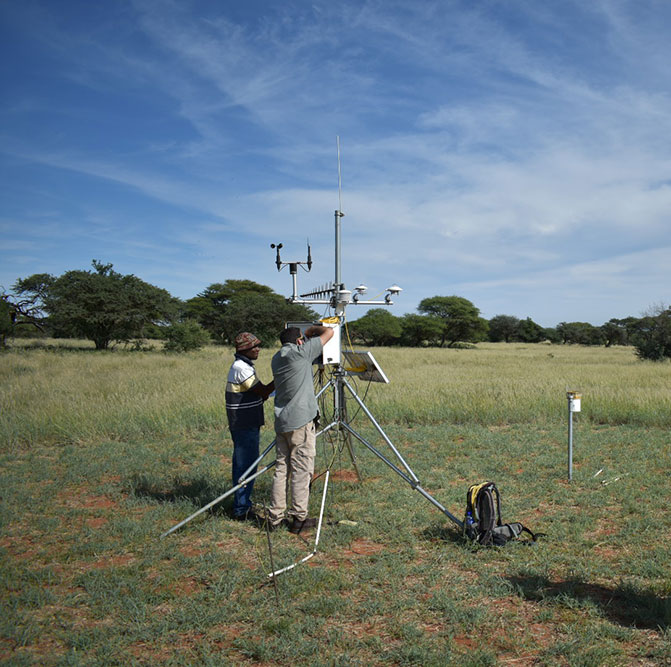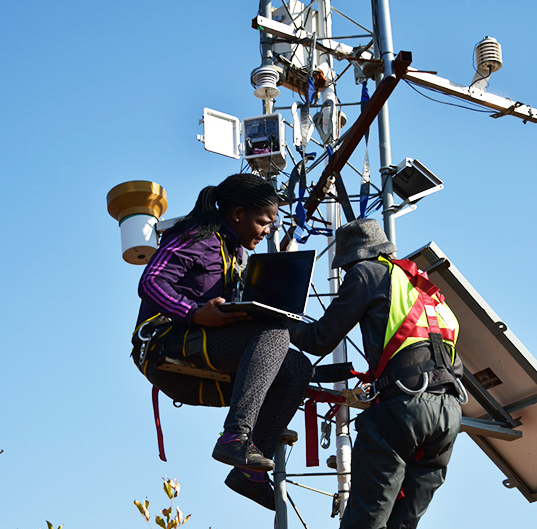
What is an EFTEON Landscape?
The design concept is based on distributed landscapes, each with responsibility for representing an important South African Ecosystem/Human complex.
The landscapes are intended to include representatives of major biomes in South Africa and human transformed ecosystems such as urban areas and agricultural systems.




